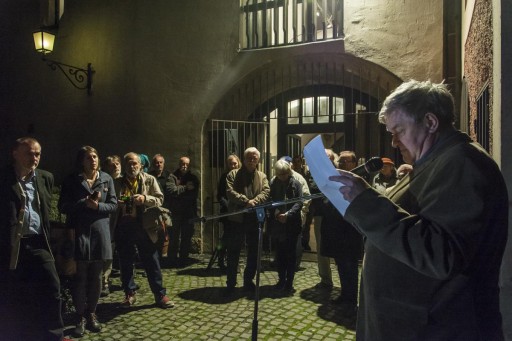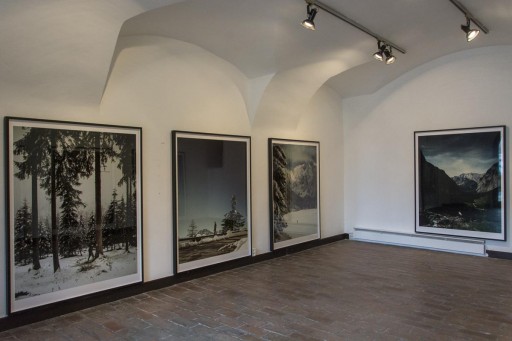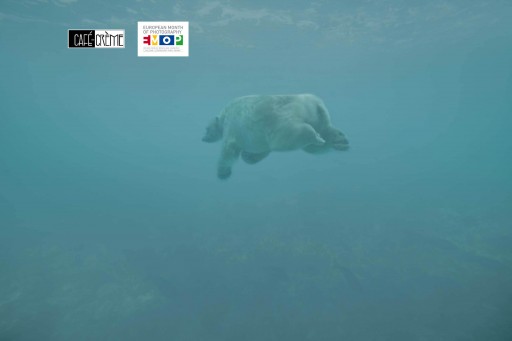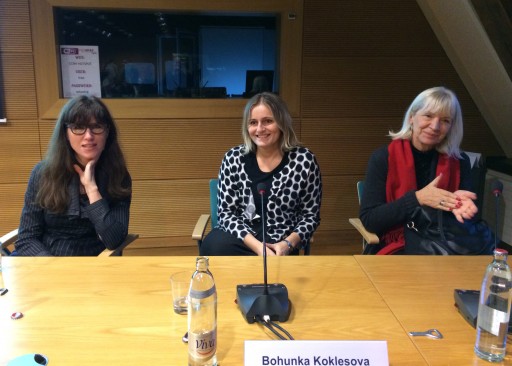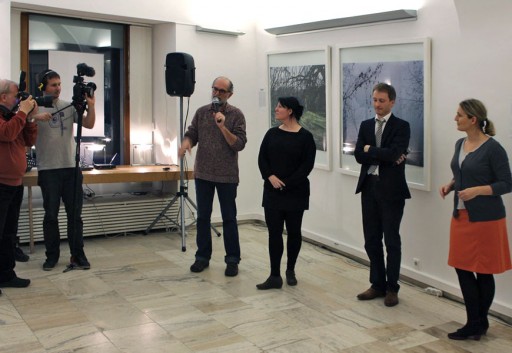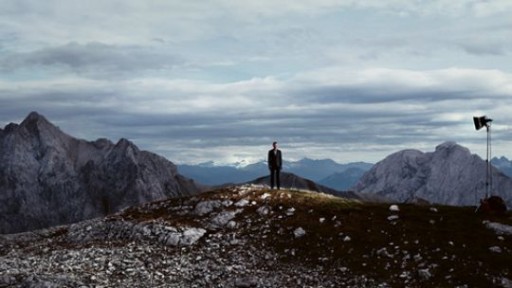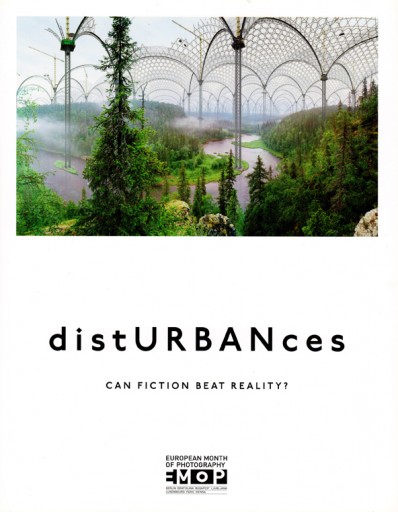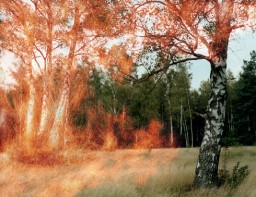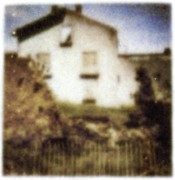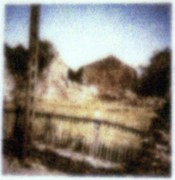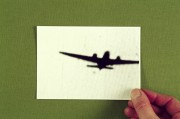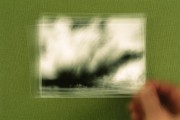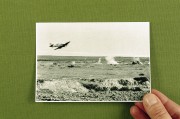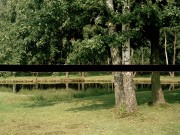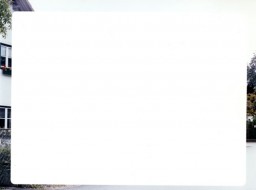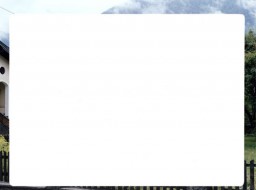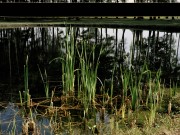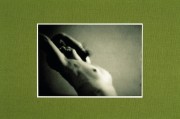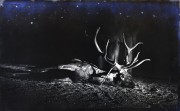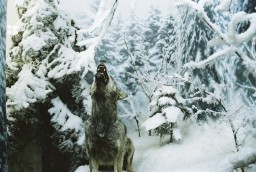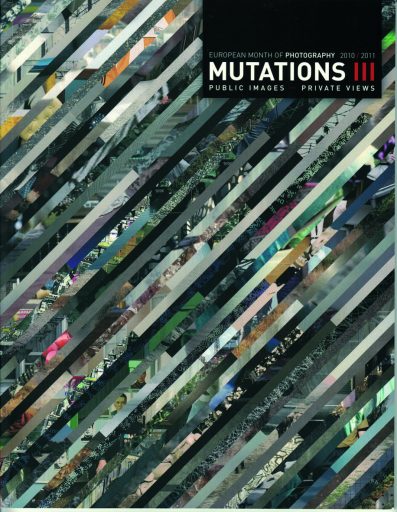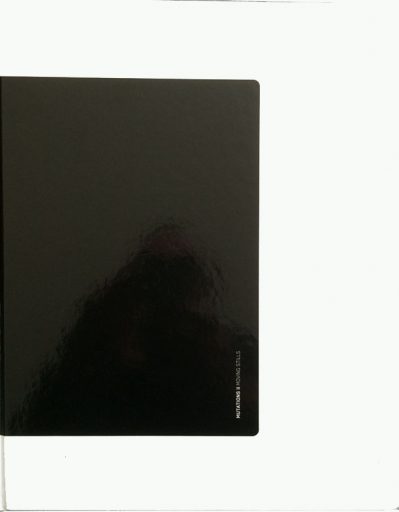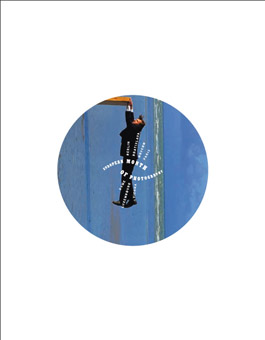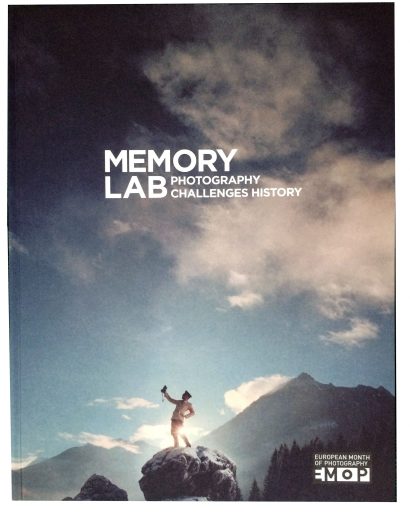 Common exhibition catalogue of the European Month of Photography ( asbl )Artists: Boukal Tanja, Broomberg & Chanarin, Cairns Antony, Cohen Steven, D’Agata Antoine, Efstathiadis Petros, Esterházy Marcell, Floszmann Attila, Frenkel Vera, G.R.A.M., Galassi Silvio, Gehres Gabor, Goldin Nan, Jermolaewa Anna, Kloss Stephanie, Knap Noro, Lecomte Tatiana, Lipuš Marko, Mettig Klaus, Muehe Andreas, Nikolić Vladimir, Olaf Erwin, Olley Jonathan, Ősz Gábor, Paci Adrian, Paglen Trevor, Peterlin Borut, Petkovic Darije, Pezennec Adrien, Pungerčar Marija Mojca, Rheims Bettina, Rogge Henning, Rosenberg Aura, Scheynius Lina, Schmid Anna Charlotte, Schoenfeld Sarah, Starovecký Juraj, Šoltýs Tomáš, Tur Nasan, Vitaljić Sandra, Zuleta Zahr
Common exhibition catalogue of the European Month of Photography ( asbl )Artists: Boukal Tanja, Broomberg & Chanarin, Cairns Antony, Cohen Steven, D’Agata Antoine, Efstathiadis Petros, Esterházy Marcell, Floszmann Attila, Frenkel Vera, G.R.A.M., Galassi Silvio, Gehres Gabor, Goldin Nan, Jermolaewa Anna, Kloss Stephanie, Knap Noro, Lecomte Tatiana, Lipuš Marko, Mettig Klaus, Muehe Andreas, Nikolić Vladimir, Olaf Erwin, Olley Jonathan, Ősz Gábor, Paci Adrian, Paglen Trevor, Peterlin Borut, Petkovic Darije, Pezennec Adrien, Pungerčar Marija Mojca, Rheims Bettina, Rogge Henning, Rosenberg Aura, Scheynius Lina, Schmid Anna Charlotte, Schoenfeld Sarah, Starovecký Juraj, Šoltýs Tomáš, Tur Nasan, Vitaljić Sandra, Zuleta Zahr
Curatorial statement
The collective title of the catalogue which generously covers all 43 artists/photographers featured in very different exhibitions in six European capitals of the EMoP network has the advantage of not being too specific about what they have in common or what distinguishes them. The vast majority of these artists is concerned with recalling the painful events and aftermaths of the major European conflicts that marked the twentieth century. More recently, the Balkan conflicts.
Others address the history of immigration and related issues of the origins of people, their identity, family or regional history, which is another way of addressing memory. How should the contemporary photography of the seven countries constituting the EMoP network in 2014 define itself in relation to a past that it is supposed to tell or represent? It is a difficult question. In particular it raises – beyond the cultural differences and particularities that characterize individual nations and cultural entities – the question of the veracity of the facts it tells, potential travesties or diversions in their social and political context. Art is no exception.
All memory is selective, and the artist draws attention this or that event, forgets about others and proceeds to tweak what is shown.
Originally, photography replaced painting and literature through an unmatched quality: its capacity to represent “reality”. The function of the photograph was to give credit, by means of a suitable picture, to what the journalist was writing about. It was supposed to rid the reader of any doubt and guarantee that truth was being brought to him through the photographic image.
Nowadays, we know only too well how the photographic image is subject to the vagaries of the most subjective interpretations, and the photographer is no longer the undisputed witness to events he used to be.The work of Bloomberg & Chanarin is a case in point, encapsulating a number of approaches taken by the artists of this selection. The website of the Saatchi Gallery in London introduces the work of these artists as follows:
What is truth in photography? Bertolt Brecht claimed that photojournalism “has contributed practically nothing to the revelation of the truth about conditions in this world”. Could there be other routes for photographers?
Adam Broomberg and Oliver Chanarin prefer to search for truth not in the first-hand recording of some current event, but in the turbulence of the near past, as revealed in archival materials.
This short paragraph highlights the characteristics of the deconstruction-based critical approach taken by many artists/photographers of our day, in a world abandoned to chance and lacking certainties. They refuse to use photography as a means of documenting the world in a scientific or rational fashion; however, there remains the desire to be part of the unspoken and to play on the power of suggestion of art, leaving it up to the viewer/reader to bring their interpretation to the image. One might refer to Walter Benjamin who writes, “For the situation, Brecht says, is complicated by the fact that less than ever does a simple reproduction of reality express something about reality.”
Many artists in this selection expressly admit to their inability to convey messages or to initiate a discussion in the accompanying notes. It has been said that the Holocaust silenced the poet and that it leaves us forever speechless. Photographs such as Sarah Schoenfeld’s or Tatiana Lecomte’s are examples of a kind of photography that no longer seeks to reveal, because too many things are beyond the image and the essence is often indescribable. In contemporary photography, the evocation of the battlefields of the past, empty or deserted places as our gaze embraces the horizon of history, reveals how the photographer struggles with his device to “show” as he truly faces the confines of “saying”. Others, such as Attila Floszmann, Henning Rogge, Jonathan Olley and Vitalic, present us photographs whose beauty and serenity is at odds with the acts of war they depict.
By means of a quietistic aesthetics, the photography here sparks the memory of the viewer, since it is his memories that make the work of art speak, beyond its formal or aesthetic mode. Our personal relationship with the image and the events it depicts is a key element of understanding. In “Smoke” (1995), a film by Paul Auster and Wayne Wang, a tobacconist tells a regular customer that every day he has taken a picture of a crossroads in his neighbourhood. The customer is surprised at the banality of the effort until he discovers in one of these photos the picture of his dead wife. He is gripped by overwhelming emotion. At an exhibition such as this one, the power of art to address the visitor often relies on the visitor’s ability to recall his historical knowledge or delve deep in search of a memory or emotion that will “fill the picture”, so to speak, with additional meaning. When photography evokes political conflicts or wars, it frequently addresses a cultural or political subtext. Clichés about Nazism may, at first glance, help understanding because certain events have acquired a universal dimension. But this can be misleading.
Images of Andreas Muehe or even Erwin Olaf conjure up from historical depths – through the pre-eminence of an aesthetic strongly influenced by the style of the Thirties – both the fascination with pompous grandeur as well as an ironic dissociation. The appeal of these powerful images comes with an uneasiness that stems from our inability to identify in them a clear moral or political position. It is true that disorder of semantic content is a feature of contemporary art. Nevertheless, it contributes to the viewer/citizen becoming even more “lost in translation”. And sometimes it is an ironic distanciation that takes the upper hand, like in the works of Muehe, Rosenberg, Vladimir Nikolic or even Sarah Schoenfled.
On another level, it can be difficult for a non-Hungarian to fully understand the images of Gabor Gerhes. However, in the context of an exhibition, the installation acquires strength and conviction to produce anxiety and to become a nightmarish reminder of situations where the individual is confronted with authoritarian political power acting in secret. Other images, which are not directly related to historical events – such as the “transgender” photos of Bettina Rheims, for example, or the pictures of erotic violence of Antoine d’Agata – reveal a standpoint that can be related to the discrimination and persecution of Nazism and to contemporary nationalism or religious radicalism. On the other hand, the young Swedish artist, Lina Scheynius, seems to be closer to many European citizens who escaped the wars. She recalls with great sensitivity, gentleness even, the city of Sarajevo where she melds memories of conflict with intimate moments of privacy. Based on this model, the past is thus reconstructed by the accumulation of works of art, buildings, maps and images. Photography functions as a marker, hinting at something that is sometimes a blurred reflection of a memory whose understanding requires a special hermeneutics.
In a world dominated by the media we are aware of events, but experience them in a way that combines dissociation and sympathy in the original sense of the word. There are many photographs that disregard partisan positions. It is true that the majority of pictures in this selection are unanimous in rejecting war, violence and discrimination. Most often we are looking at a silent protest. However, it should also be pointed out that the organisers’ intention is also to jog the memory with a view to showing in contemporary art the permanence of political tensions, conflicts and implicit violence.
The tense situation in many European countries today, unfortunately lends itself to this only too well.
Pierre Stiwer
Venues:
Athens: Benaki Museum
Berlin: Gropius Bau
Budapest: Budapest Galeria
Bratislava: Institut français
Luxembourg: MnHA ( Musée national d’Histoire et d’Art ), Casino Luxemburg- Forum d’art contemporain, Cercle Cités Ratskeller – exhibition space
Vienne: Musa
